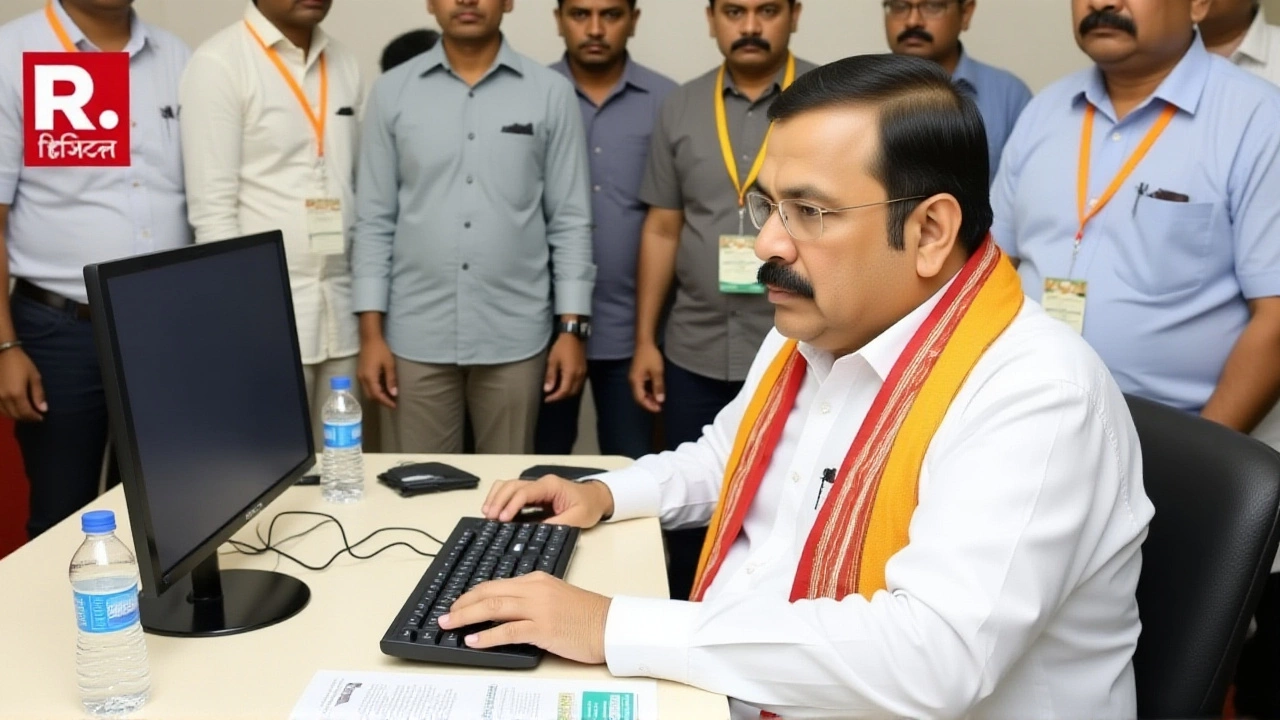India-US Trade Tensions: What’s Really Going On?
When talking about India-US trade tensions, the ongoing friction over market access, tariffs, and technology rules between India and the United States. Also known as Indo‑US trade dispute, it shapes how businesses plan cross‑border moves and how policymakers negotiate. In plain terms, the tension is a mix of economic leverage, strategic rivalry, and domestic politics on both sides.
One of the biggest drivers is tariffs, taxes imposed on imported goods that can raise prices for consumers and squeeze profit margins for exporters. The U.S. has threatened higher duties on Indian steel and electronics, while India has responded with duties on U.S. agricultural products. This back‑and‑forth creates a classic "tariff tug‑of‑war" that forces companies to rethink supply‑chain routes and pricing strategies. India-US trade tensions often push firms to look for alternatives, sparking a shift toward regional sourcing.
Another hot button is intellectual property, the set of legal rights protecting inventions, designs, and creative works. The U.S. pushes for stricter IP enforcement in India, arguing that weak protection hurts American innovators. India, meanwhile, balances this demand with concerns over access to affordable medicines and technology. The clash over IP not only affects pharma and software sectors but also sets the tone for future tech collaborations.
How Technology Transfer and Supply Chains Tie In
Technology transfer is the third pillar that ties the whole picture together. The U.S. wants Indian firms to share more data and adopt U.S. standards, especially in areas like 5G, semiconductors, and AI. India, on the other hand, is wary of becoming a mere production hub without gaining real R&D capabilities. The issue influences foreign direct investment flows and determines which side gets to set the rules for emerging tech.
Supply‑chain resilience has become a buzzword since the pandemic, and it directly intersects with trade tensions. When tariffs rise, companies scramble to diversify suppliers—moving some production from China to India or to Southeast Asia. At the same time, U.S. export controls on advanced chips limit what Indian manufacturers can access, forcing a re‑evaluation of where critical components are sourced. This tug‑of‑war over supply chains fuels both short‑term cost pressures and long‑term strategic shifts.
All these elements—tariffs, intellectual property, technology transfer, and supply‑chain redesign—create a web of cause and effect. They influence each other: higher tariffs can lead to stricter IP demands; tighter IP rules can affect technology transfer agreements; and both can reshape supply‑chain strategies. Understanding these connections helps you anticipate policy changes and spot opportunities before they become headlines.
Below you’ll find a curated collection of articles that break down each of these angles, offer real‑world examples, and suggest practical steps for businesses and policymakers navigating the evolving landscape of India‑US trade relations.
Amit Shah Migrates to Zoho Mail in Swadeshi Push Amid US Tariff Tension
Amit Shah moved his official email to Zoho Mail on Oct 8, 2025, underscoring India's Swadeshi digital push amid US tariff tensions and boosting homegrown tech.
